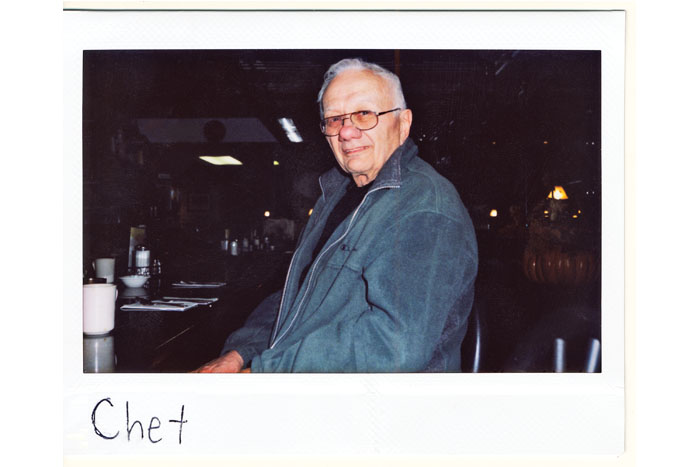Talking to Strangers (and Other DMC Adventures)

by Alejandro Heredia ’16
Performing at the Diversity Monologue Contest (DMC) last fall was the first time I felt completely comfortable on stage. A few weeks before the actual show on Nov. 22 in Allison Hall, I never would have thought I would be up there telling a story as if I were talking to a close friend. As a member of EXiled, Dickinson’s only spoken-word group, I knew I would audition for the DMC. What I didn’t know was how challenging the experience would be.
The DMC has been organized for the past 11 years by the Office of Diversity Initiatives (ODI). The contest has taken many forms but has always included a guest spoken-word artist followed by the shared voices and stories of Dickinson students. This year, performers were required to add a digital aspect to their monologues. I pondered what constituted a digital piece for days. Did that mean a video or a slideshow, or would we just go up there and juggle a couple of iPhones?
About a month before the performance, students and staff from ODI led a workshop to offer ideas of what a digital piece could look like and provide a creative space for students to craft and share the work they were considering for the show.
With a better idea of the competition’s requirements, I turned to Humans of New York, a blog dedicated to documenting interactions with the wide variety of personalities in New York City. I was particularly interested in the way Brandon Stanton, the blog’s creator, was able to get complete strangers to open up to him.
What I found, in that week that I threw the idea around my head, was that there is no revolutionary reason for why people open up to strangers like Brandon; they just do. The reason why there is so little communication or conversation between strangers, especially in large cities like New York, is because no one is willing to start a dialogue.
I came to that conclusion just a few days before the performance, sitting in front of my journal at 1 a.m. It was the third night I had stayed up that late writing, trying to figure out exactly what story I wanted to tell the night of the competition. I also decided, in that same instance, that if I was going to do a piece on overcoming the communication barrier between strangers, it was something that I personally would have to overcome.
That night, I grabbed my Polaroid and my journal and made my way to the Carlisle Diner. There, I started a conversation with an older man who was alone. I told the man, Chet, that I was pretty nervous about a show I had at the end of the week. He gave me advice on how to be honest in anything that I’m doing and that the best way to tell people my story would be to sound as conversational as possible. Then we spoke about a whirlwind of topics for nearly two hours.
The night of the DMC, I was the first student scheduled after our guest performer, Miles Hodges. Even though Allison Hall was packed with people, and I had to perform right after a professional spoken-word artist, walking on stage wasn’t as terrifying as I had imagined. I told the audience about Humans of New York, about my meeting Chet and about the importance of initiating conversations with the strangers around us.
On stage, I attempted to emulate the same conversational tone I had used when talking to Chet a few days before. The difference, I learned, between talking to a stranger and telling a story to dozens of people is not very grand; both are scary, both require initiation on your part, and both are incredibly rewarding.
Read more from the spring 2014 issue of Dickinson Magazine.
Published April 22, 2014